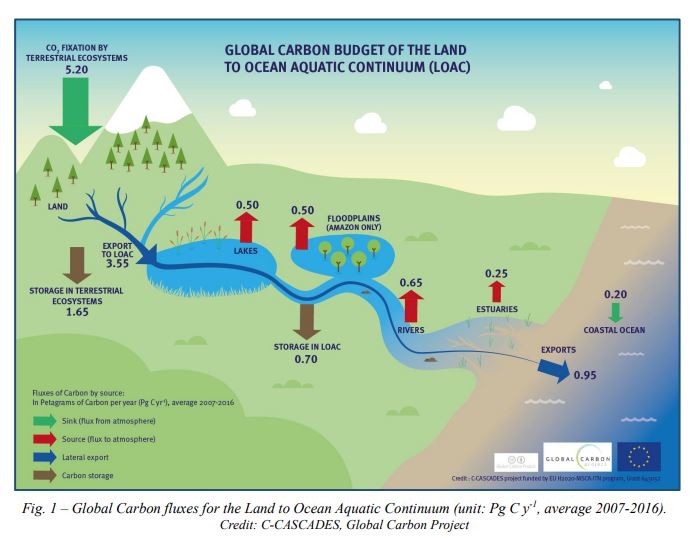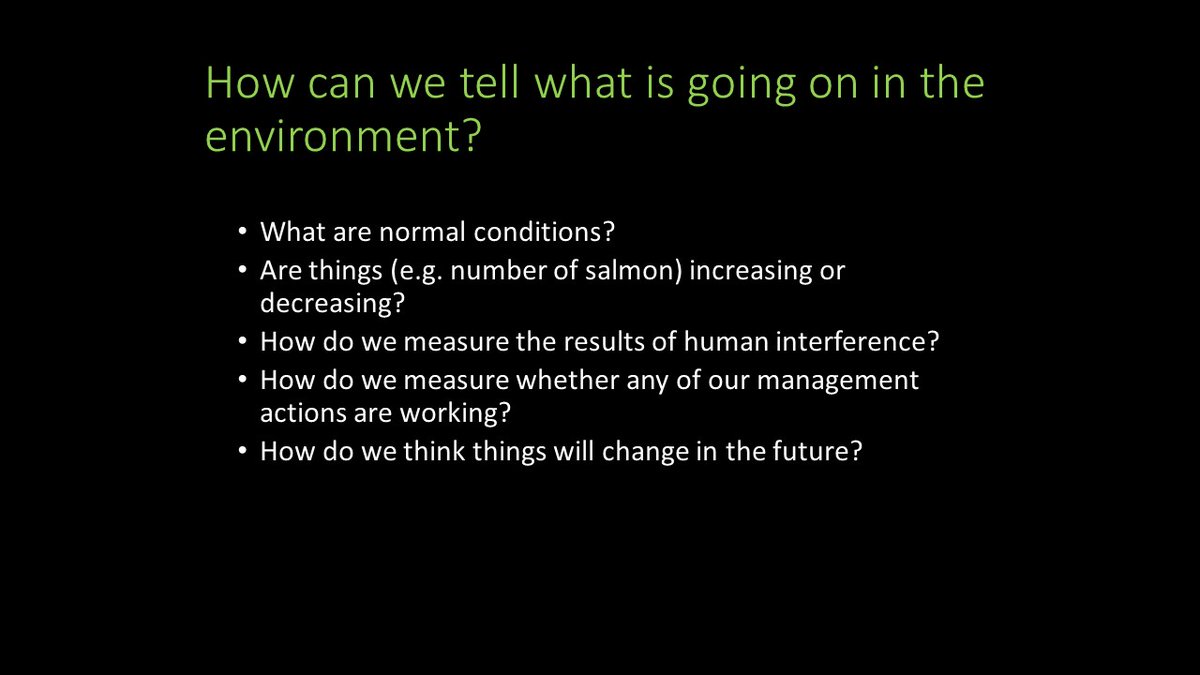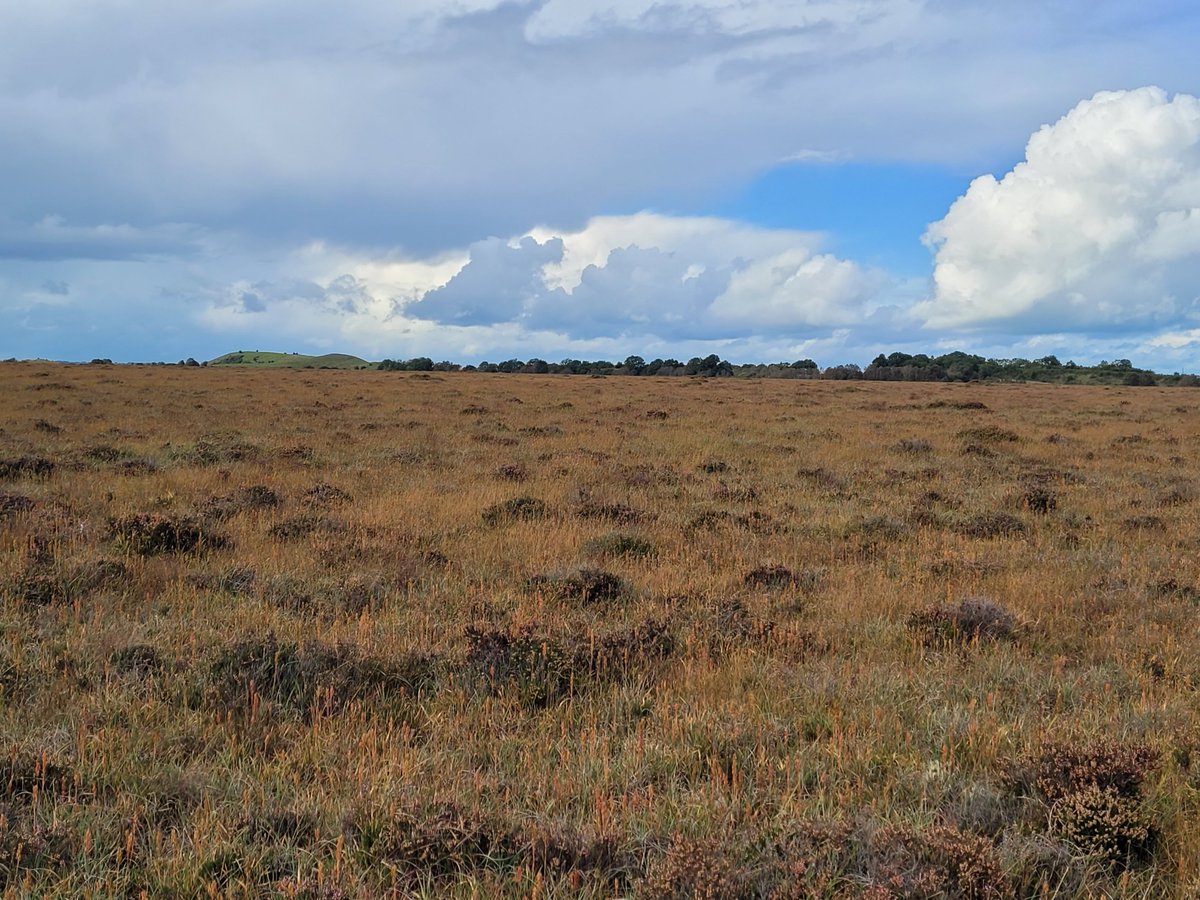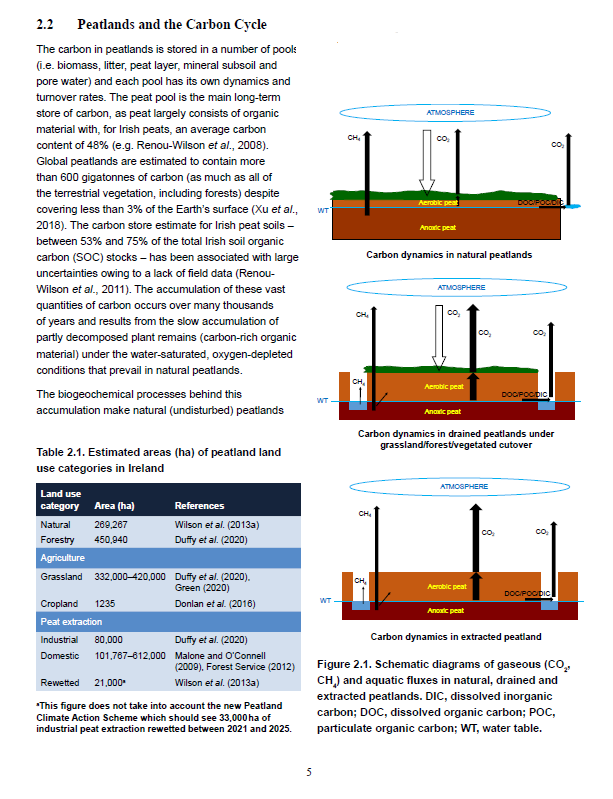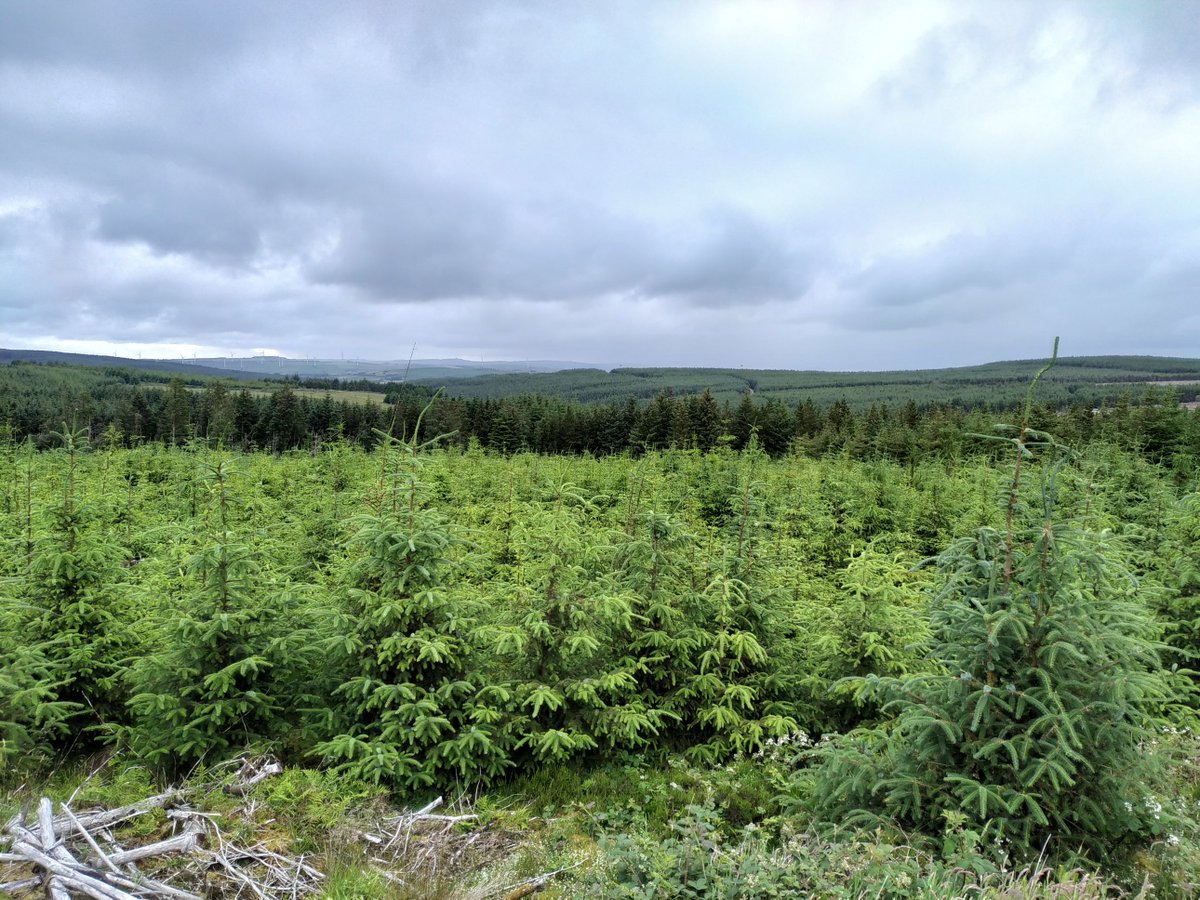
1. Hi everyone, I’m Elvira de Eyto @edeeyto , and this week I’ll be talking about long term monitoring, freshwater ecosystems, migratory fish and a bit about freshwater pearl mussels. I work at the research station in the Burrishoole catchment run by the @MarineInst 

@edeeyto @MarineInst 2. I grew up near Navan, Co. Meath, spent a good bit of time in @TCDZoology doing a degree in natural sciences followed by a PhD and subsequent research work on the ecological assessment of lakes
How can we tell what condition a lake is in ?💦
This is the beautiful #LoughCarra
How can we tell what condition a lake is in ?💦
This is the beautiful #LoughCarra

3. I did my PhD with 3 partners-in-crime @gnfree_gf @J0naf1n and Rossana Caroni, and we spent 2 years driving around 🇮🇪 with a little inflatable boat sampling many many many lakes. No camera phones in those days! 📸These are literally the only 3 photos I have of those 2 years 

4. This was part of an @EPAResearchNews funded project “The Ecological assessment of Irish lakes”.
We had inspirational leadership from our supervisors @kirvine_water and Norman Allot, and did some of the groundwork for the implementation of the #WaterFrameworkDirective
#lake
We had inspirational leadership from our supervisors @kirvine_water and Norman Allot, and did some of the groundwork for the implementation of the #WaterFrameworkDirective
#lake

5. I was studying chydorids (#Cladocera) which are a group of very small crustaceans (about 1). There’s about 40 species of them in 🇮🇪
Each species has quite distinct preferences about which types of lakes they like to live in, so they make good indicators of #WaterQuality
Each species has quite distinct preferences about which types of lakes they like to live in, so they make good indicators of #WaterQuality

6. Interesting aside:
Nearly all chydorids are ♀️ and reproduce asexually by parthenogenesis (aka immaculate conception). If the population gets stressed out, some ♂️ are produced to allow for sexual reproduction
Nearly all chydorids are ♀️ and reproduce asexually by parthenogenesis (aka immaculate conception). If the population gets stressed out, some ♂️ are produced to allow for sexual reproduction
https://twitter.com/c_duigan/status/1572988438269362179?s=20&t=9c24oP0op822C_-0JigKdA
7. This results in diapause (resting) eggs which sink down to the bottom of the lake. They stay there for months or years before hatching and producing a whole new batch of chydorids. These resting eggs can actually be resurrected years later e.g.onlinelibrary.wiley.com/doi/full/10.11…
8. In the 1990s when we were doing that work, the pressures on water quality in Ireland were pretty similar to what they are now. Mighty work being done by the @EPAIreland biologists monitoring our lakes and rivers and producing excellent reports epa.ie/publications/m…
9. I moved on to some postdoctoral research with @kirvine on the #ECOFRAME project, again working out how to best determine the state of a lake- this time with a European slant. I’d the chance to work with some amazing limnologists from across Europe onlinelibrary.wiley.com/doi/abs/10.100…
10. In between, @grainnemhaoil and I did a lot of lake sampling around Co. Clare which has a multitude of beautiful lakes
Here's Lough Bunny, in the #Burren, which is the most beautiful colour when the sun hits the marl on the bottom of it
Here's Lough Bunny, in the #Burren, which is the most beautiful colour when the sun hits the marl on the bottom of it

11. In early 2002 I moved to the @MarineInst in Furnace, and worked with @mcginnity_p on the #SALIMPACT project
We were trying to ascertain the impact of salmon aquaculture on the immunogenetics of wild fish
Was quite a swerve ball career wise BTW 🤯
royalsocietypublishing.org/doi/full/10.10…
We were trying to ascertain the impact of salmon aquaculture on the immunogenetics of wild fish
Was quite a swerve ball career wise BTW 🤯
royalsocietypublishing.org/doi/full/10.10…
12. I've have been working on the long term monitoring of the Burrishoole catchment ever since
📸@Mkkl_bio
📸@Mkkl_bio

13. @c_guilfoyle1 did a thread about the Burrishoole catchment on a previous week of @Ireland environmentalists – take a look here but I'll summarise over the next couple of tweets
https://twitter.com/IrelandsEnviro/status/1560644935279226884?s=20&t=9c24oP0op822C_-0JigKdA
14. Data collection started in Burrishoole in the 1950’s when the Guinness company decided to set up a fish rearing facility and research station (the Salmon Research Trust and then becoming the Salmon Research Agency of Ireland) on the banks of Lough Feeagh. 

15. Their main interest was finding out whether “like breeds like” i.e. whether a big, early returning “spring salmon” will breed the same type of big fish.
More about this later in the week
#Salmon


More about this later in the week
#Salmon



16.The SRA (Salmon Research Agency) was amalgamated into the @MarineInst in the late1990s
Ill leave it to my colleague Glenn Nolan to tell you what our primary role as as public sector scientists
Ill leave it to my colleague Glenn Nolan to tell you what our primary role as as public sector scientists
https://twitter.com/MarineInst/status/1583370156541382656
@MarineInst Quick tea break there....
17.The staff of the research station have collected SO MUCH invaluable data. At least 130 people have worked here since 1955 and several hundred students have passed through the doors. Everything from here on is a team effort - here’s the current team (almost 1 or 2 missing🙂) 

18. The Burrishoole catchment is a typical upland, temperate, peat catchment, similar to many small catchments along the west coast of the country. Its in the #NephinBeg mountains of #Mayo and drains into the north east corner of #ClewBay
The @wildatlanticway passes the door
The @wildatlanticway passes the door

19. The weather is dominated by frequent depressions rolling in off the Atlantic, with prevailing warm, wet, south-westerly winds. Rainfall in the upper catchment often exceeds 2,000 mm per annum (making this one of the wettest areas in Ireland 😬😬🌧️☔️) irishtimes.com/life-style/202…
20.The backbone of the work here are the permanent fish traps. The coastal lagoon Lough Furnace is linked with upstream Lough Feeagh by two channels – the Mill race and the salmon leap (red stars in the map above).
Here's the Mill race in half flood last week
Here's the Mill race in half flood last week
21.The Mill Race is actually man made, allegedly in the 1500s by Richard “The Iron” Bourke, the second husband of the Pirate Queen of Ireland, Gráinne Mhaol 

22. All the water running through these channels passes through the upstream and downstream traps, thanks to the foresight of engineers in Department of Agriculture and Fisheries between 1955 and 1970 

23.These traps capture all the #AtlanticSalmon, #SeaTrout and #EuropeanEel migrating to sea, and the adult salmon and trout returning to freshwater to spawn.
The traps are emptied twice a day and all fish are returned alive to continue their journey
The traps are emptied twice a day and all fish are returned alive to continue their journey
https://twitter.com/edeeyto/status/1523270473961910274?s=20&t=nfFBPJ2L3mjW-g8MJBpxYQ
24. I cannot overemphasis the invaluable nature of this. It is so rare to have a full census of this kind for these species, & for it to extend back more than 5 decades. It is an absolute privilege to work here. More about the fish populations later in the week
📸Mary Dillane
📸Mary Dillane

25. Later today, we will talk a bit about Long Term Ecological Research (LTER) & why it’s so important, and I'll explain a bit about our routine monitoring here in Burrishoole .
Thanks for joining me this morning. Where are you are all joining from? 🌍🌎🌏
Thanks for joining me this morning. Where are you are all joining from? 🌍🌎🌏
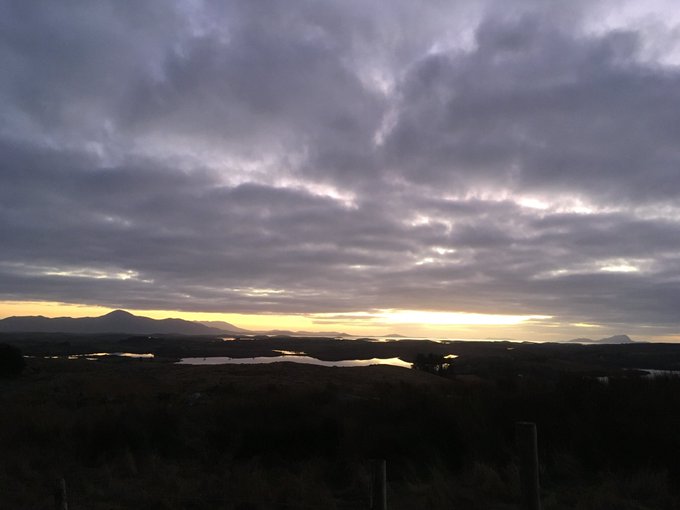
• • •
Missing some Tweet in this thread? You can try to
force a refresh


